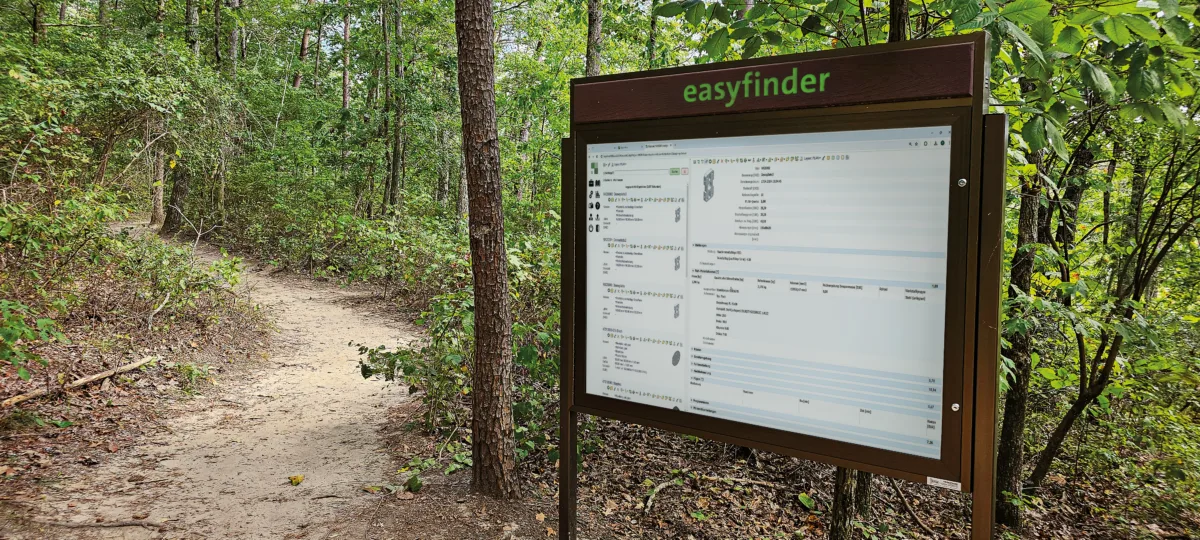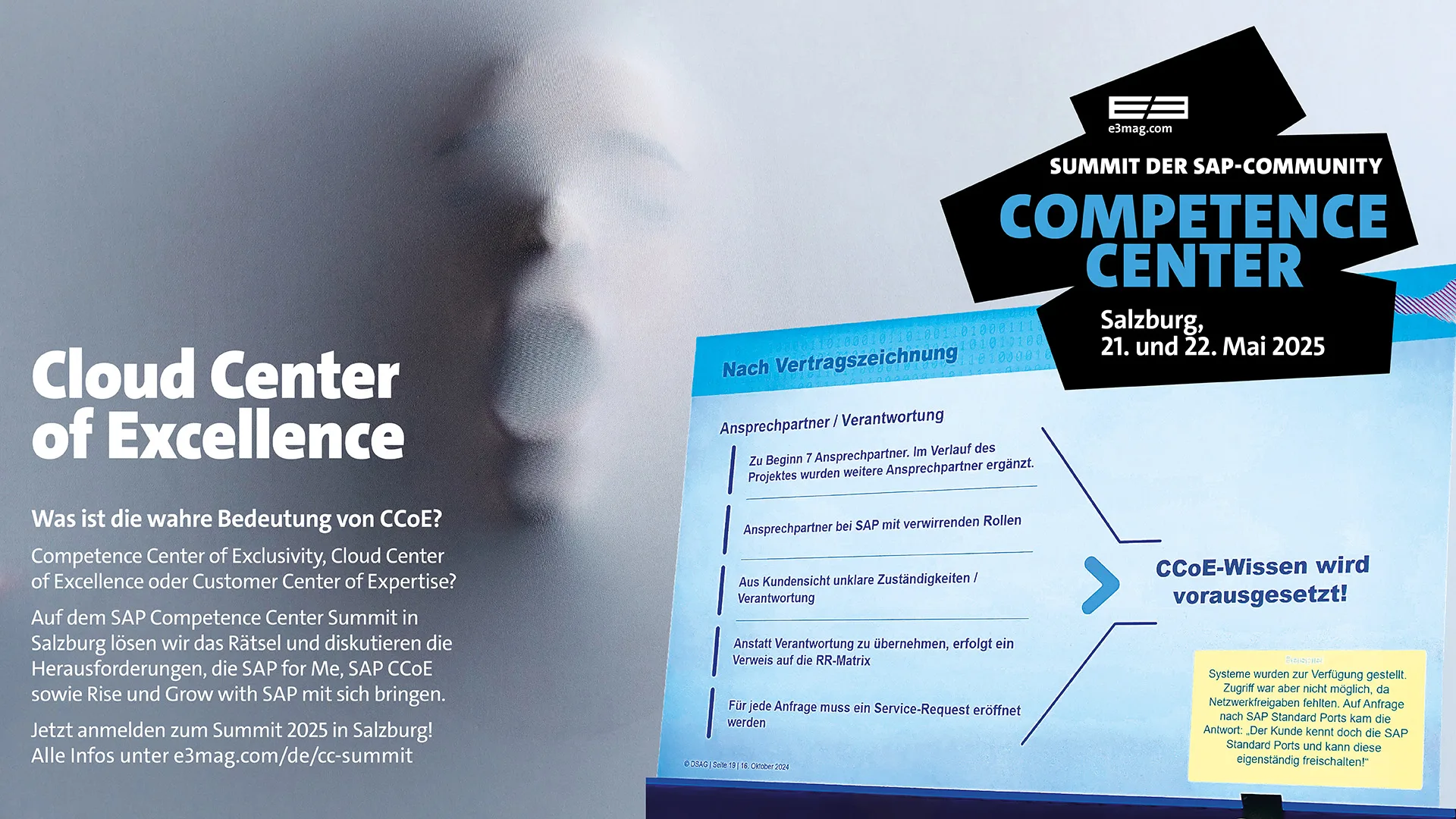Ready for Hybrid Cloud Use With Suse


All SAP customers will have to consider Business Suite successor S/4 Hana and suitable business models sooner or later. Some of them have already upgraded from ERP/ECC, some are in transition, and a lot of them have simultaneously initiated their cloud journey, whether they use Infrastructure as a Service (IaaS), Platform as a Service (PaaS), or Software as a Service (SaaS) offers.
Hybrid cloud environments are especially popular with S/4 users, since they allow them to directly decide which SAP systems and components should remain on premises and which are more suited for the cloud, e.g., SAP Cloud Services or public cloud offers from Microsoft (Azure), Amazon (AWS), and Google (GCP).
Hybrid cloud platform
For S/4 Hana hybrid cloud environments to be a success, customers need a suitable infrastructure platform for their journey. It’s not far-fetched to say that SAP users are on the safe side in this context if they choose Suse for many different reasons.
First, important CIO conditions are met. The following is of particular relevance: Investments including support or contracts in on-premises use remain intact with cloud use. Furthermore, business continuity or operational stability is ensured. It also makes it possible to introduce a DevOps strategy for SAP. And on top of that, the adaptation of an SAP deployment based on the respective business or market conditions can be realized.
Interlocked development
The above is backed up by tangible or concrete evidence. First, existing on-premises technology can be transferred to cloud deployment through the one-platform approach. With the Hana operating system platform Suse Linux Enterprise Server (SLES) for SAP Applications, there is technology consistency both on-premises and in the cloud. The same applies to the Live Patching option or the Suse Manager solution. Or with solutions that are still to come.
Second, SAP and Suse solutions are dovetailed. For example, SAP High Availability/Disaster Recovery uses a reference architecture that was developed jointly by SAP and Suse in the SAP Linux Lab. And is taken into account in the Suse solution SLES for SAP HAE (High Availability Extension), for example. Third, features and components are provided to ensure an agile developer framework. This enables faster time-to-market and more agile IT systems.
And last but not least, multi-cloud usage is supported. Which accommodates scalability or some kind of elasticity for growing or changing business environments.
In conclusion, for S/4 Hana hybrid cloud environments to be a success, technology-consistent infrastructure solutions which can be used on premises and in the cloud are essential. Suse provides important functions for seamless S/4 operations in this context.









